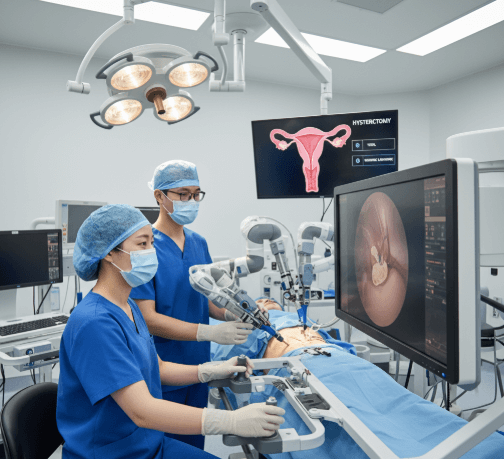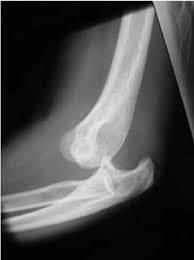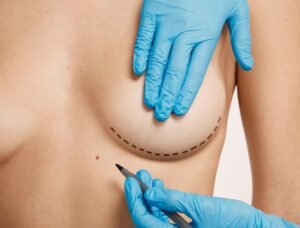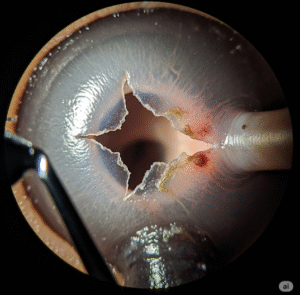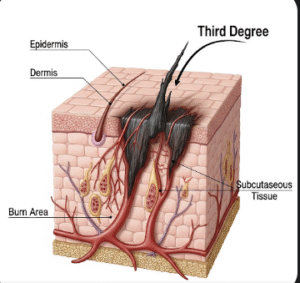What it is
A hysterectomy is a surgical procedure to remove the uterus, sometimes including surrounding structures such as the cervix, ovaries, or fallopian tubes. Once performed, it permanently ends menstruation and the ability to become pregnant.
In Korea, hysterectomy procedures are carried out using advanced techniques, from traditional abdominal surgery to minimally invasive laparoscopic and robotic approaches. The type of hysterectomy depends on the patient’s condition, age, and overall health.
➡️ Types of hysterectomy:
- Total hysterectomy: Removal of the uterus and cervix
- Partial (supracervical) hysterectomy: Removal of the upper uterus while leaving the cervix intact
- Laparoscopic hysterectomy: Minimally invasive approach using small incisions and a camera
- Robotic-assisted hysterectomy: Performed with robotic arms for greater precision and reduced recovery time
Why it’s done
A hysterectomy is performed to treat medical conditions that cannot be managed effectively with less invasive treatments.
✔️ Common reasons include:
- Uterine fibroids causing heavy bleeding or pain
- Endometriosis (tissue growth outside the uterus) resistant to medication
- Uterine or cervical cancer requiring definitive treatment
- Chronic pelvic pain linked to uterine conditions
- Prolapsed uterus where the uterus slips into the vaginal canal
- Severe abnormal bleeding not controlled by medications or other procedures
✔️ Benefits:
- Permanent relief from symptoms such as bleeding and pain
- Improved quality of life for women with chronic conditions
- Life-saving treatment in cases of cancer
Alternatives
A hysterectomy is major surgery, and alternatives may be considered depending on the diagnosis.
🔹 Medication-based options:
- Hormonal therapy for fibroids or endometriosis
- Non-hormonal medications for heavy bleeding
🔹 Minimally invasive procedures:
- Myomectomy (fibroid removal while preserving uterus)
- Endometrial ablation (destroying uterine lining to control bleeding)
- Uterine artery embolization (shrinking fibroids by cutting blood supply)
🔹 Watchful waiting:
- For small fibroids or mild symptoms, regular monitoring may be an option
Preparation
Proper preparation ensures safety and reduces complications.
➡️ Medical preparation:
- Ultrasound, MRI, or CT scans to evaluate the uterus and surrounding organs
- Blood tests for anemia, infections, and overall health status
- Reviewing medical history, especially prior surgeries and medications
➡️ Personal preparation:
- Discussing fertility preferences (procedure is irreversible)
- Planning time off work and arranging home support for recovery
- Preparing hospital essentials for a stay of a few days
➡️ Mental preparation:
- Understanding emotional impacts of losing fertility and menstruation
- Counseling or support groups for reassurance
- Discussing pain management and recovery expectations with the doctor
How it’s done
The surgical approach depends on the type of hysterectomy and the patient’s condition.
✔️ Total hysterectomy
- Uterus and cervix removed
- May include removal of fallopian tubes and ovaries if necessary
✔️ Partial hysterectomy
- Only the upper uterus removed
- Cervix left intact, allowing some pelvic support
✔️ Laparoscopic hysterectomy
- Small incisions made in the abdomen
- Camera and instruments used to remove the uterus with minimal scarring
- Shorter hospital stay and faster recovery
✔️ Robotic-assisted hysterectomy
- Surgeon operates robotic arms with high precision
- Recommended for complex cases like severe endometriosis or large fibroids
- Less blood loss, quicker healing, and minimal scarring
✔️ Step-by-step procedure:
- Anesthesia (general or spinal) administered
- Incisions made depending on approach (abdominal, laparoscopic, robotic)
- Uterus detached from ligaments and blood vessels
- Uterus removed through the vagina or small abdominal incisions
- Surgical area closed with sutures or staples
- Patient monitored in recovery room
Recovery
Recovery varies depending on the surgical method and patient’s health.
➡️ Immediate recovery:
- Hospital stay: 1–2 days for laparoscopic/robotic, 3–5 days for abdominal
- Pain controlled with medications
- Encouraged to walk within 24 hours to prevent blood clots
➡️ Physical recovery:
- Laparoscopic/robotic hysterectomy: 2–4 weeks
- Abdominal hysterectomy: 6–8 weeks
- Restrictions on lifting, strenuous exercise, and sexual activity until cleared by doctor
➡️ Emotional recovery:
- Some women experience grief, sadness, or mood swings due to hormonal changes (if ovaries removed)
- Counseling and support programs help ease transition
- Relief from painful symptoms often leads to long-term emotional well-being
➡️ Key recommendations:
- Adequate rest, balanced diet, and hydration
- Gentle activity like walking to promote circulation
- Attending regular follow-ups to ensure healing
- Hormone replacement therapy (HRT) if ovaries are removed and menopause begins early
Treatment option in Korea
Korea is known for its advanced surgical techniques, skilled surgeons, and holistic patient support, making it one of the best countries for hysterectomy procedures.
✔️ Hospital facilities:
- State-of-the-art operating theaters with robotic surgery technology
- Advanced imaging and monitoring systems
- Specialized gynecologic cancer centers for oncology-related hysterectomies
✔️ Medical expertise:
- Surgeons highly experienced in minimally invasive and robotic techniques
- High success rates with low complication risks
- Personalized treatment plans based on age, fertility goals, and health condition
✔️ Postoperative care:
- Access to Sanhujoriwon-style recovery centers focusing on rest, nutrition, and rehabilitation
- Pain management programs including both Western medicine and traditional Korean therapies
- Emotional and psychological counseling services for women adjusting after surgery
✔️ Cultural aspect:
- Korea places great importance on women’s health and recovery
- Families often support mothers through extended rest periods
- Integration of traditional Korean dietary practices to support healing
➡️ Highlight: Hysterectomy in Korea offers modern surgical precision, advanced technology, and holistic recovery support, ensuring women receive the safest and most comprehensive care tailored to their needs.

